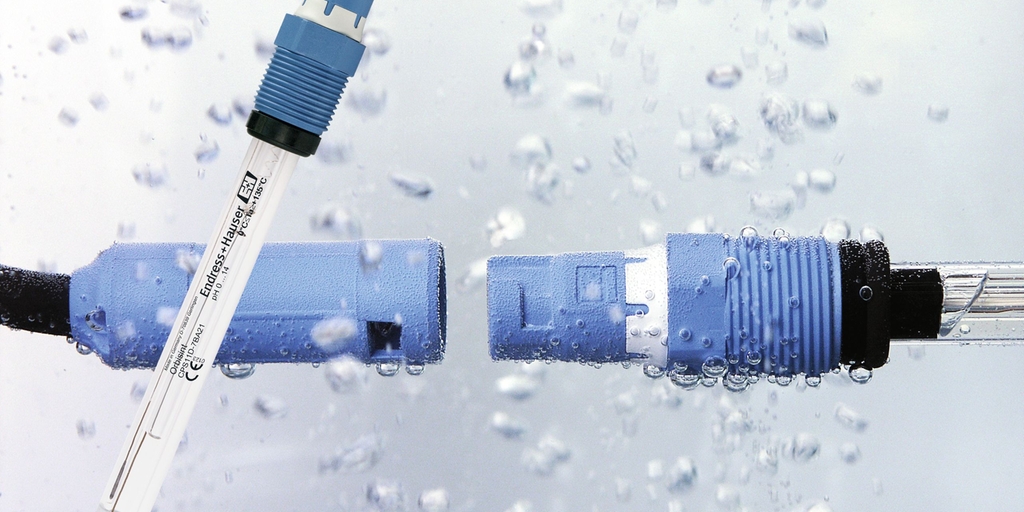Measuring pH of ultrapure water in the power industry
Measuring pH of ultrapure water needs special sensors, precise installation and proper maintenance

In the power generation industry, ultrapure water is used as a source to make steam to drive turbines and other uses. In most cases, the systems for producing ultrapure water are supplied by specialists in electrodionization, membrane, reverse osmosis and other techniques for purifying water, and all require monitoring of pH. Not only is pH monitoring required when the water is purified, it’s also required as the water is used to ensure correct pH is maintained.
In the power generation industry, ultrapure water is used as a source to make steam to drive turbines and other uses. In most cases, the systems for producing ultrapure water are supplied by specialists in electrodionization, membrane, reverse osmosis and other techniques for purifying water, and all require monitoring of pH. Not only is pH monitoring required when the water is purified, it’s also required as the water is used to ensure correct pH is maintained.
Improved operations, reduced maintenance & increased uptime
The bottom line in power plants is that improperly conditioned water—based on a number of parameters, of which the two main two are conductivity and pH—leads to corrosion and scale, which leads to inefficient operation and damage to vital parts. In this white paper, we will discuss steps to follow to ensure accurate and repeatable pH measurements in ultrapure water, leading to improved operations, reduced maintenance and increased uptime.
